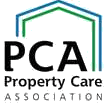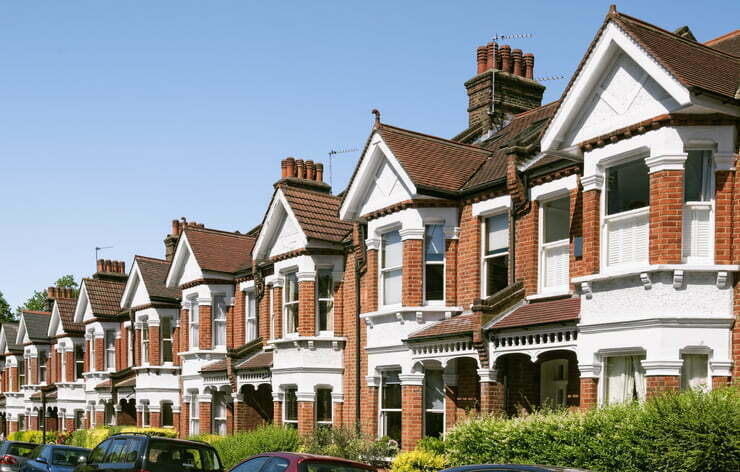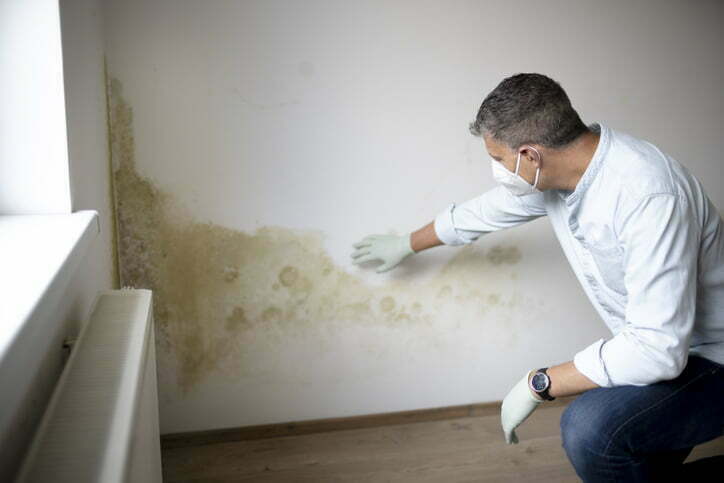Tapco HomeDry Dry Rot Treatment Buckinghamshire
We are long term members of Trust Mark and a member of the BWA. CHAS accredited contractor. In addition, all of our surveyors are trained to the high standards of the PCA (Property Care Association).



Dry Rot Specialist In Buckinghamshire
If you’re concerned about dry rot in your Buckinghamshire property, we can help put your mind at ease. At Tapco Homedry, we’re the local experts in damp proofing, including dry rot surveys and dry rot treatment.
Signs of dry rot in your home
Every stage of dry rot growth is unique, which means you need to look out for different signs. Wood affected by dry rot will typically be dark and brittle and will crumble easily. There will also be telltale cuboidal cracking in the structure. If there is a growth, it will typically be white and furry around the edges with a rusty orange centre. If you can’t see the dry rot, you may be able to smell it. Dry rot has a musty and damp odour.
What is dry rot?
Dry rot is the common name given to a type of fungus called Serpula lacrymans. This fungus is typically found in woodland where it plays an important role in breaking down felled trees. However, it can also be found in timber structures in homes.
In its young stages, dry rot produces a white and furry growth, while the fruiting body produces a rust-coloured growth. Timber affected by dry rot will typically be very fragile and brittle. It may also be warped and appear dried out.
Despite the name, dry rot actually needs moisture to take hold. Small amounts of dampness in the timber structure of a building can create the ideal conditions for dry rot to thrive.
Dry rot is commonly found in old timber framed homes, but it can also impact floorboard, skirting boards and doors. Dry rot spreads very quickly once it has found the right conditions for growth, this is why it is vital to secure a dry rot survey and treatment as soon as possible.
How is dry rot treated?
The treatment process for dry rot includes multiple steps. The first is to identify the extent of the issue and the source of the moisture in your home. Addressing the cause of excess moisture in your home should always play an important role in dry rot treatment.
Next, a fungicidal treatment is applied to all affected timber to kill the spores and prevent the dry rot from spreading any further. If there is damage to the structure, this timber will need to be replaced with pre-treated wood. Follow-up checks will help to confirm the issue has been eradicated.

Dry rot experts in Buckinghamshire
If you are dealing with a potential dry rot outbreak in your home, don’t delay treatment. The sooner we can identify the source and extent of the problem, the better. If you’re dealing with dry rot in Buckinghamshire, get in touch with our team today to arrange a dry rot survey. Our professional and courteous team will keep you informed every step of the way so you can make the right choice for your home.
What is the difference between wet rot and dry rot?
Wet rot and dry rot are caused by two different types of fungus. The main difference is the moisture levels required for the fungus to thrive. With wet rot, there needs to be moisture levels of around 50% or higher, while dry rot can thrive with just 20% moisture.
Both dry rot and wet rot can be difficult to spot and diagnose without an expert and both will need professional intervention to deal with the issue. It would be uncommon for dry rot and wet rot to be present in the same location, as the conditions needed for each one to thrive are very different.


 Damp Proofing
Damp Proofing Basement Damp Proofing
Basement Damp Proofing Water Damage
Water Damage Condensation Control
Condensation Control Dry Rot Treatment
Dry Rot Treatment WOODWORM & WET ROT
WOODWORM & WET ROT CAVITY Wall Ties
CAVITY Wall Ties Property Maintenance
Property Maintenance Waterproofing And Tanking
Waterproofing And Tanking Structural Repairs
Structural Repairs
